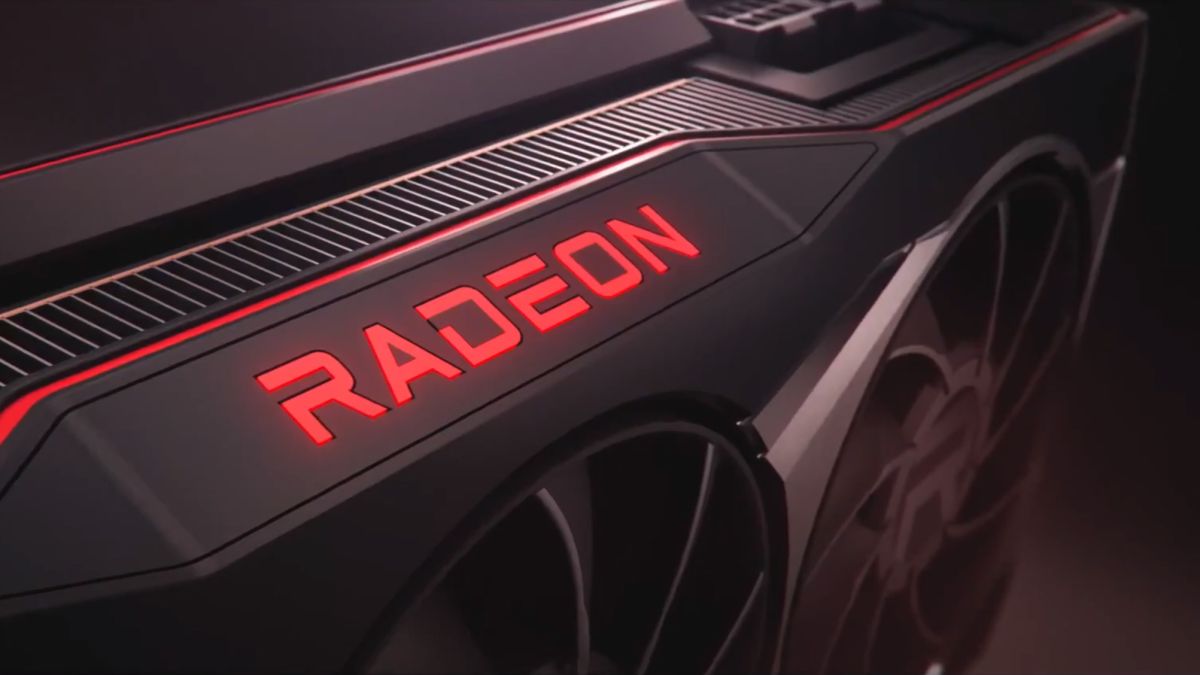
AMD patents 'Gaming Super Resolution' to take on Nvidia DLSS
A new patent for AMD 'Gaming Super Resolution' or just 'GSR' has just been made available to the public that adds weight to these expectations, though no announcement has been made to accompany the information. Until AMD give us an official launch date, don't take any rumor as gospel, no matter how compelling.AMD has previously stated that FidelityFX Super Resolution, Team Red's AI-powered graphics booster to rival Nvidia's DLSS (Deep Learning Super Sampling), will be coming to RDNA 2-powered gaming PCs this year, with sources like YouTuber Corteks claiming that it'll have an official release in June.(Image credit: USPTO)Better late than neverFidelityFX was initially teased when the Radeon 6000 graphics cards were announced, but actual launch information has been extremely rare, with very little information being made available about the feature.The new patent might suggest AMD has finished developing the technology behind the upcoming resolution feature, but it isn't uncommon for large companies to submit multiple patents to protect information from leaking out into the public domain. We also know that the patent in question was actually submitted back in November 2019, despite only surfacing recently.There are currently no images that accompany the patent, so we're purely going off the text for now, which reveals that GSR would be based on interference to upscale images. AMD claims that the deep learning approach might result in a loss of detail or color as original image aspects are not considered, so a solution that uses linear and non-linear upscaling technology has been developed from scratch that will retain and improve the fidelity of the final image.AMD is back in the gameThe patent also nods towards this technology being used outside of graphics cards in a similar way to Nvidia implementing graphical upscaling into products like the Nvidia Shield TV Pro. This means that GSR wouldn't just work on CPUs and GPUs, we could also see it used in a wider range of devices than Nvidia, such as gaming consoles, TVs, handheld devices, mobile phones and more.AMD needs to catch up to Nvidia and the ground it's gained using features like DLSS. The launch for the Big Navi cards late last year finally introduced ray tracing to the AMD lineup of GPUs, and even though both the Radeon RX 6800 and Radeon RX 6800 XT are great pieces of gaming hardware, PC builders mostly pursue Nvidia products like the GeForce RTX 3080 or RTX 3070 because of they software advantages.Since AMD's Big Navi cards didn't have an answer to supersampling, they had to render each frame at higher resolutions, a process that made the cards much slower than its Nvidia equivalents when trying to match graphical output. Nvidia also bought its bag of software goodies with it when the mobile versions of the Ampere lineup were released, bringing RTX and DLSS to powerful gaming laptops.If AMD can match what team green is currently offering in both desktop and mobile GPUs then it stands a better chance of clawing back some market share. Of course, any graphics cards are difficult to buy right now due to the ongoing silicon shortage and the high demand caused by cryptomining, but with Bitcoin finally starting to plummet in value it may not be long until we see some sense of normality restored to the graphics card market.Via VideoCardz
……Read full article on TechRadar
Technology
Comments
Leave a comment in Nestia App